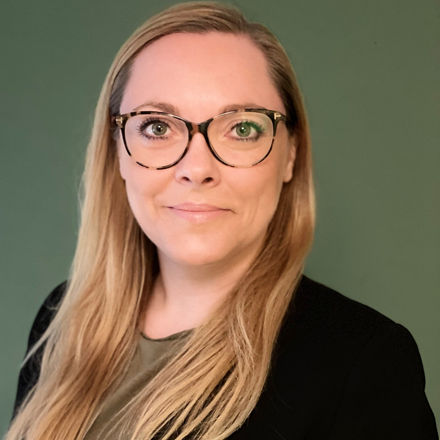A second life for the dishwasher basket
The extreme conditions inside a dishwasher can be harsh on the components that make up the plastic basket holding the dishes and cutlery. Once switched on, the interior temperature heats up rapidly, creating a humid environment in which detergents can get everything clean. Such an environment demands a special material that can reliably stand up to repeated use throughout the life of the appliance. In addition, the plastic coating on the basket protects dishes from damage and reduces noise during washing. Evonik’s VESTOSINT® polymers have been the ideal choice of material of coating for these wire-framed baskets. In fact, the VESTOSINT® coating on these baskets is so resilient, there is a chance the material could even serve a new purpose after the dishwasher reaches its end-of-life. Can even outlast the life of the dishwasher itself.
THE CHALLENGE: SEPARATING POLYMER FROM METAL
“When we considered that the average dishwasher found in almost everyone’s homes is replaced about every twelve years or so, we started to ask ourselves: What are the possibilities of extending the use of our materials, after the products they are used in are no longer in service?” says Peter Altenbuchner, Business Development at Evonik High Performance Polymers. “Can the high-performance plastic be recovered and recycled?”
Altenbuchner and his team set out to find out where the dishwashers actually end up, who recycles them, and what exactly happens in the process. “The crucial question for us was: Are there ways to remove the dishwasher basket from the waste stream?” says Altenbuchner. Being able to do so would open up further possibilities in examining how the VESTOSINT® material could then be separated from the metal wire frame, in a sustainable and economically feasible process.
To get started, Evonik approached Searious Business, a company that has been working on the subject of recycling and developing concepts for years. Altenbuchner and his team learned that the recycling journey of dishwashers can vary greatly between countries.
“Depending on the location, different players are involved, other companies or collection points,” says Altenbuchner: “Basically, the recycling of large electrical appliances is regulated by the WEEE Recycling Directive.”
This EU directive has been regulating the distribution and the return and disposal of electrical equipment since 2012. Currently, the coating of dishwasher baskets is incinerated and not recycled, when the metal frame of the basket is recovered.
This is where Altenbuchner and his team wanted to start: trying to separate the VESTOSINT® coating from the metal. The goal was to recover all of the plastic, if possible. Working with Riwald Electronics Recycling, a company specializing in recycling metals, the team managed to find a way to separate the polymer from the metal.
At this point, there’s still more work at hand. “The plastic recovered contained many impurities,” says Altenbuchner. "The recovered materials will have to be analyzed, separated, cleaned and then processed further. We’re still just at the beginning,” he says.
Though Altenbuchner and his team’s search for viable avenues to more circularity are just in its infancy, he and his team are convinced it is worth the effort to gain new perspectives. And because perhaps, in the end, a completely new concept for recycling could actually emerge.
“If you want to be innovative, you have to have the courage to explore unknown paths,” says Altenbuchner.
RECYCLING MUST ALSO BE IMPLEMENTED
However, Altenbuchner is also clear about one thing: A recycling process alone will not be enough. "Logistics concepts would then have to be developed and evaluated, and the entire process would have to be checked for sustainability," Altenbuchner outlines. In short, a sustainable process would have to be established that actually implements the recycling approach developed.
At this point, it becomes clear to Altenbuchner and his team that establishing a circular economy for a specific product or material can only be successful as a collaborative project. Individual companies can make inroads and provide ideas but in the end, they are dependent on partnerships with customers, consumers, and even companies from other industries, who could use the recycled raw materials instead of newly manufactured materials.
"For circularity to be successful, we want and need to cooperate with other companies to leverage complementary competencies to provide economically viable solutions," says Dr. Patrick Glöckner, Head of the Circular Economy Program at Evonik. There is no doubt that many unanswered complex questions still exist.

Isabel Ramor
Head of Market Communications High Performance PolymersSpoken languages: german, english
